How to Choose Your Pizza Peel?
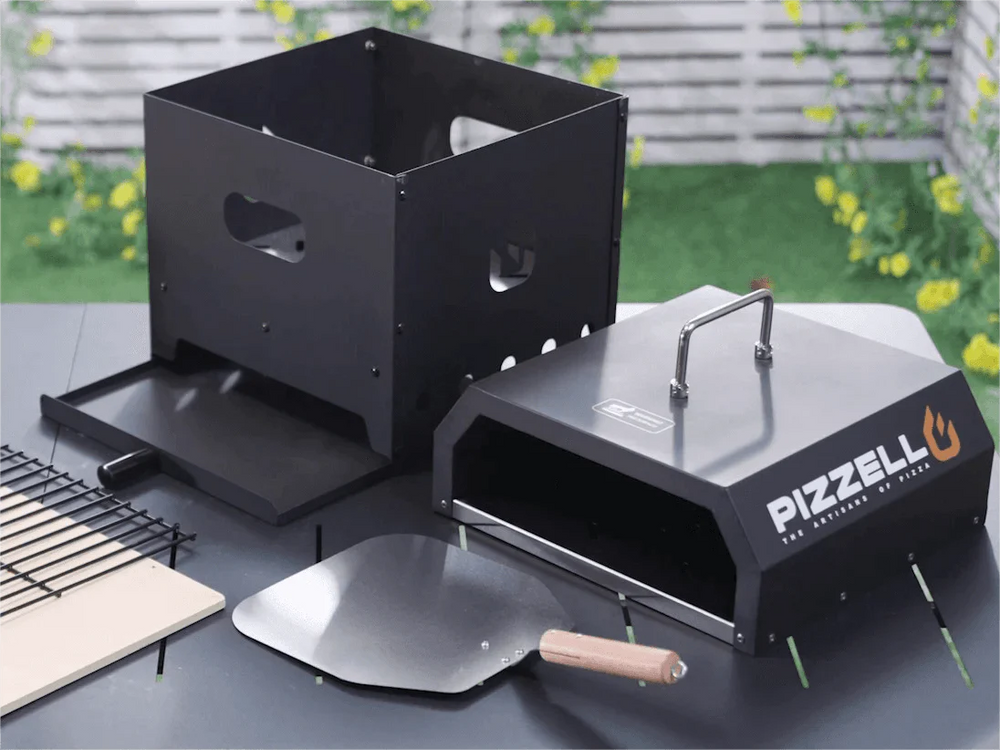
Option 1 – Countertop and Metal Peel
The dominant method used by restaurants and professional pizza makers is to make the pizza on a solid, cool countertop (such as marble or granite) and then slide a lightly coated metal pizza peel underneath the pizza and place it in the oven.
Aluminum is your first choice for the metal crust you use to hold the pizza in place because it's slippery and your bread and pizza will slide right off. If your oven is large enough for multiple pizzas and you want to put the pizza in the back or on the side, you will need a crust with a long handle.
Extruded (hollow, rectangular) aluminum is a good handle choice because it's lighter than steel or wood, easy to keep a grated crust level, and lasts longer.
Option 2 – Wooden Peel to Metal Peel
An option used by many homeowners is to assemble your pizza on a short-handled wooden pizza paddle, then slide it onto the metal placing peel to set it in the oven.
This pizza peel technique takes a little longer and is more cumbersome for a professional, but it minimizes the chance that you, or your guests, will ruin a pizza when it sticks to the counter. Keep a number of short wooden peels around the house for parties, which guests can use to make their own pizzas.
This also works well for kids. Just make sure to put some flour under the pizza and give it a little shake to ensure it is loose before transferring it to the second peel or the oven.
Option 3 – Long-Handled Wooden Peel
The final option is using pizza peels to both assemble your pizza and slide it into your oven.
This pizza peel technique pretty much eliminates the risk of something going wrong, but long wood peels can be difficult to move around the kitchen and it can get crowded with lots of guests and lots of long, wooden peels all converging on the oven.
Still, if you are only going to make a few pizzas, it can be a convenient, low stress, method.
Great Tips:
- Make sure your placing peel is large enough to hold your pizza, as uncooked pizzas will sag around the edges of the peel and cause a mess. The placing peel should be rectangular, as you want to use the flat front edge to slide under the assembled pizza. For home pizza makers, it can be challenging to slide a round or small pizza peel under your friend's elaborate pizza - sticking is actually quite common.
- Avoid putting too many toppings on the pizza, as the weight will make the pizza stick to the crust. Often, when guests make pizza for the first time, they tend to go crazy with mountains of toppings that usually end up on the floor. Also avoid getting tomato sauce, or any kind of moisture on the pizza crust. This can also cause the pizza to stick.
- Many people prefer to use flour on their crusts instead of cornmeal, which is an Italian tradition. If you don't like the taste or texture of cornmeal, this may be a simple matter of preference. Rice flour also does a good job of keeping the pizza from sticking to the crust. Whatever you use, use sparingly. Too much flour or cornmeal will burn and become bitter at the bottom of the pizza.


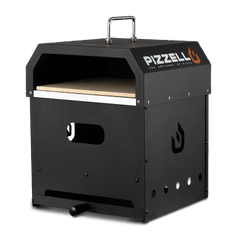
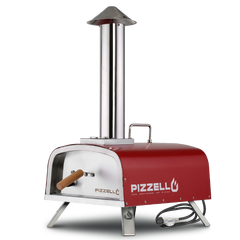
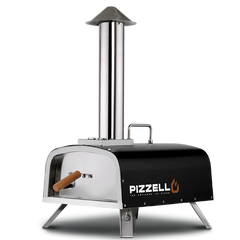
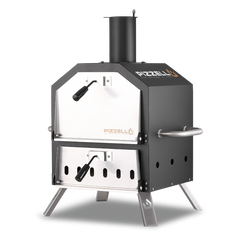



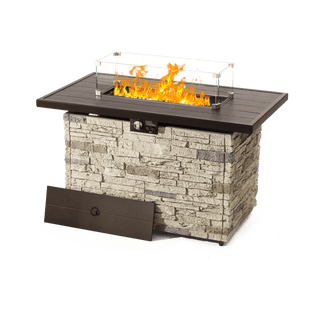
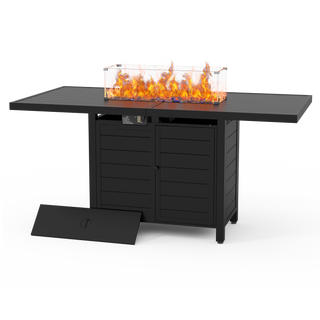
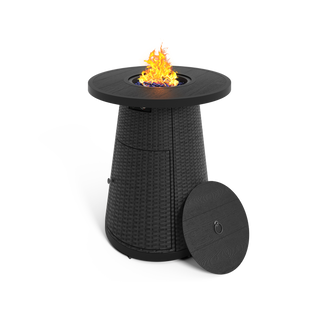

 Aluminum Dining Table
Aluminum Dining Table
 WPC Dining Table
WPC Dining Table
 HDPE Dining Table
HDPE Dining Table
 Cart
Cart
 Gas Burner
Gas Burner
 Hat
Hat
 Apron
Apron
 Swivel Rocker Set
Swivel Rocker Set
 Textilene Chairs
Textilene Chairs
 HDPE Chairs
HDPE Chairs
 Wicker Counter Height Barstools
Wicker Counter Height Barstools
 Metal Counter Height Barstools
Metal Counter Height Barstools





























